Wait Time for How Long Should Stain Dry Before Applying Poly
Discover the ideal drying times for stains before applying polyurethane to prevent finish issues and...
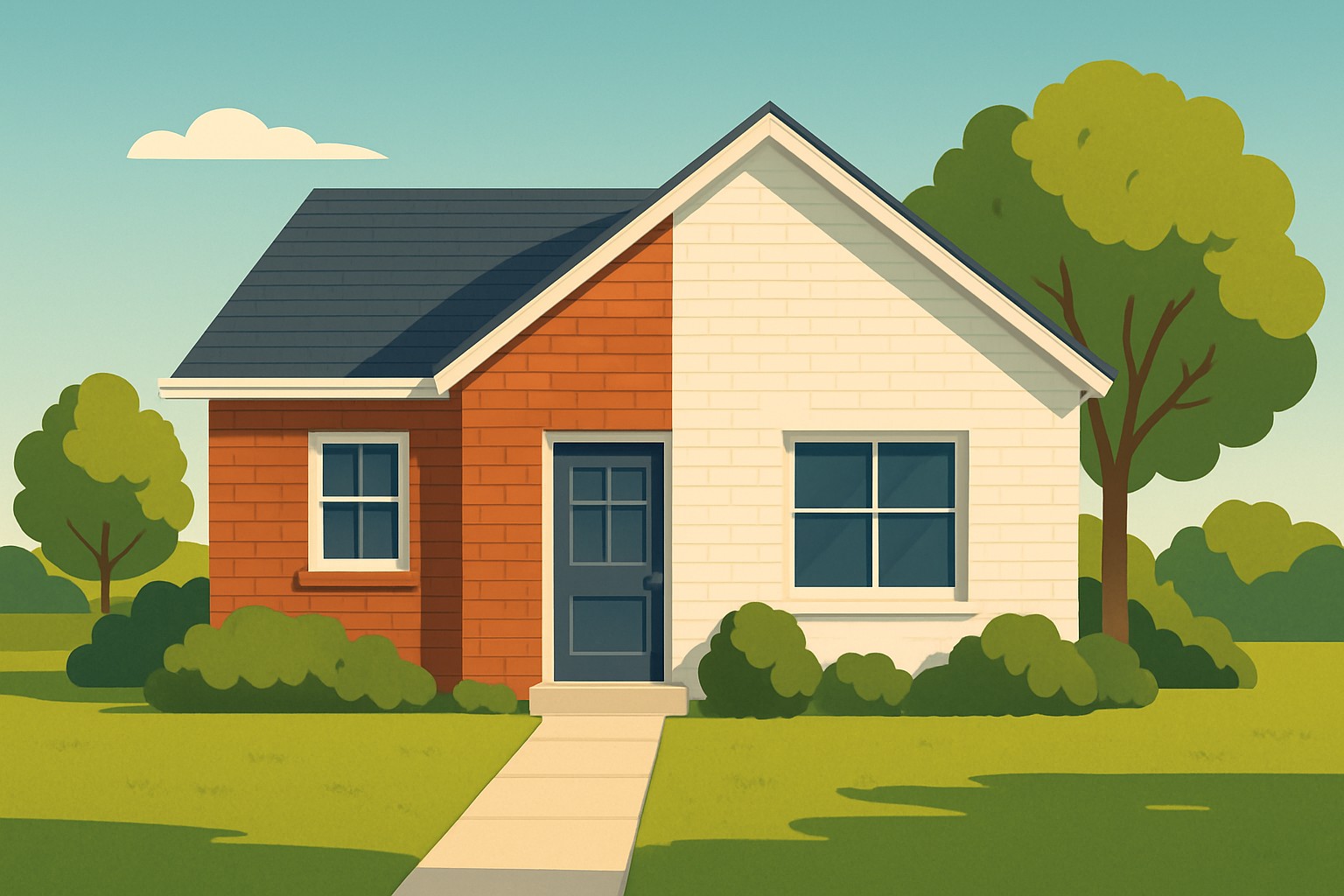
When deciding whether to paint a brick house or let it show off its natural charm, many homeowners wonder: should you paint brick house? This choice can totally transform a home's vibe while affecting maintenance and resale value. We take a fair and square look at the upsides and downsides of painting brick versus sticking with the natural finish.
Brick is a sturdy and classic building material prized for its natural warmth, texture and lasting strength. It requires surprisingly little upkeep and tends to age like a fine wine. This adds a certain charm to a home as the years roll on. Since brick is porous, it lets air sneak through but can also soak up moisture if it is not given a bit of TLC.
Many homeowners decide to paint brick when they’re looking to freshen up and brighten the exterior, especially if the original brick has lost its punch or feels a bit dated. Painting offers a lot more wiggle room to nail down specific color schemes or design styles.
When it comes to painting a brick house, the perks go beyond just a fresh coat. It’s like giving your home a little facelift that can really turn heads in the neighborhood. Not only does it boost curb appeal, but painting bricks can also act as a shield against the elements, helping to keep moisture at bay and protecting your investment in the long run. Plus, with the right color, you can completely transform the vibe of your home—making it stand out or blend in, whichever suits your mood. In my experience, a painted brick house often feels warmer and more inviting, sort of like it is wearing its Sunday best every day. And let’s be honest, who doesn’t enjoy that little wow factor when you pull up to the house?
Painting brick can really boost curb appeal by giving it a fresh clean look that makes a house pop. Plus it adds a protective coat against the elements that can help the brick stand the test of time.
When it comes to painting brick, breathable masonry paints or elastomeric coatings are the way to go because they let any moisture trapped inside the brick sneak out. This helps keep damage at bay. Matte or satin finishes usually do the trick nicely since high-gloss paints tend to highlight every surface flaw.
Painting brick definitely has its perks but also some clear drawbacks. Over time the paint can start to peel or crack. It can also fade, meaning you will probably need touch-ups or a full repaint every 5 to 10 years. If the paint job isn’t done right it can trap moisture inside the brick. This causes damage down the line.
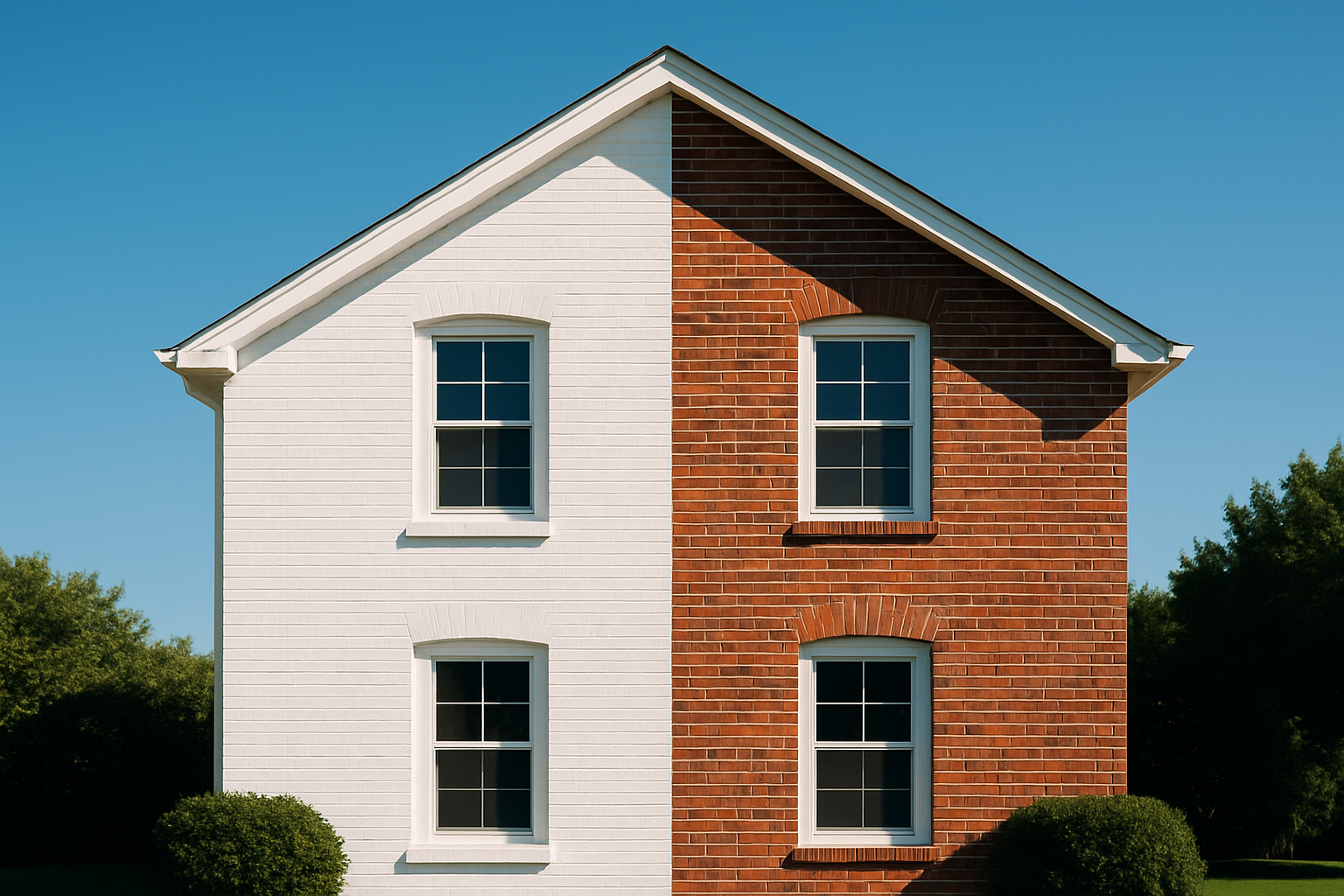
Side-by-side comparison of painted brick versus natural brick house exterior showcasing the aesthetic differences
Keeping natural brick around really helps preserve that genuine charm and handcrafted vibe that both historical preservationists and modern buyers seem to fall for—it's got that timeless appeal you just cannot fake. Natural brick usually demands a lot less fuss than painted surfaces and has the neat ability to let moisture escape, which goes a long way in preventing damage.
Keeping natural brick around can really lend that authentic tried-and-true vibe but it does come with a few strings attached. For one, it tends to limit your exterior design choices and let us be honest it’s not shy about showing wear—think stains or that pesky efflorescence popping up over time. You will probably find yourself giving it a little TLC now and then like cleaning or sealing to keep it looking sharp and protect it from whatever the weather throws its way.
Real estate data and expert opinions tend to show that preferences for painted versus natural brick depend on where you are. In some slick modern urban and suburban spots, homes with painted brick often catch more buyer attention because they line up with current design trends. Meanwhile over in traditional or historic neighborhoods, natural brick usually wins the day by holding onto authentic charm and often giving the home a boost in value.
| Region | Painted Brick Appeal | Natural Brick Appeal | Resale Value Impact |
|---|---|---|---|
| Urban Areas | Strong demand with a fresh, contemporary vibe | Moderate demand leaning toward a classic, timeless look | Painted brick can sneakily boost value by 3-7%, which is nothing to sneeze at |
| Suburbs | Gaining traction for its versatile, modern flair | Holds onto traditional charm like a comforting old friend | Impact varies quite a bit depending on local market trends — it’s a bit of a mixed bag |
| Historic Districts | Usually a tough sell, often frowned upon | Clearly favored, with an authentic feel that resonates | Natural brick tends to preserve or even bump up property value, which makes sense here |
| Wet Climates | Might raise some eyebrows due to moisture concerns | Breathable brick usually wins the popularity contest | Natural brick’s breathable nature can really help cut down moisture-related headaches |
| Hot/Dry Climates | Painted surfaces often help keep things cooler and less faded | Brick’s known for hanging onto heat, which can be a bit of a drawback | Generally a small impact, more about personal style than anything else |
Homebuyers often react pretty quickly to a home's first impression, especially the exterior. Painted brick can lend a crisp, modern vibe, but it might turn off those buyers who crave a bit more character and charm. Sellers definitely need to weigh local market trends and upkeep costs carefully, since the best move usually depends on the neighborhood and what buyers are really looking for these days. – Lisa Martinez, Certified Real Estate Appraiser
Maintenance needs can really differ when it comes to painted versus natural brick. Painted brick generally demands more attention — think regular repainting and watching for peeling or moisture problems before they get worse. Natural brick, by contrast, is more low-key and usually needs just occasional cleaning and sealing to stay in good shape.
Homeowners usually mull over their neighborhood’s visual vibe and size up the local real estate buzz—including whether you should paint brick house exteriors. They also factor in how long they plan to stay in the property. Budget plays a starring role along with how much elbow grease they’re willing to invest in upkeep. Then there’s the all-important question of design flexibility—how much can they tweak and personalize?
26 posts written
Beatrice bridges the gap between human behavior and sustainability through compelling narratives that inspire action.
Read Articles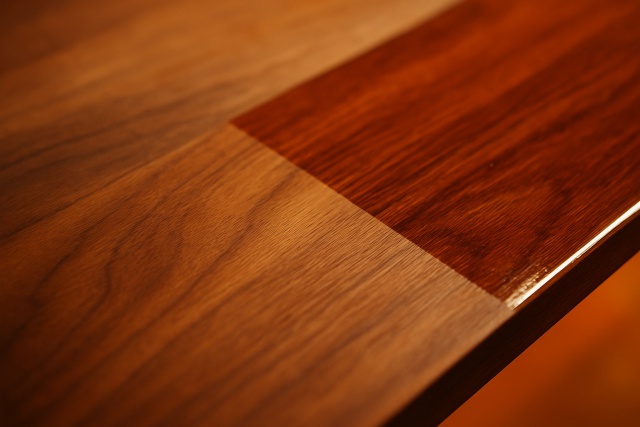
Discover the ideal drying times for stains before applying polyurethane to prevent finish issues and...
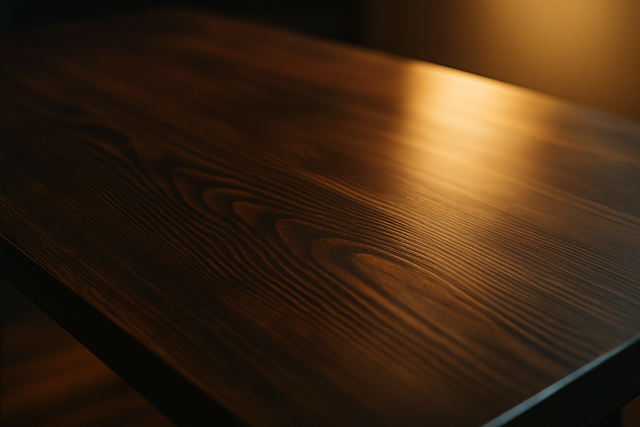
Discover simple, effective techniques to darken stained wood for a richer, deeper finish that transf...

Learn how to select the right paint for bathroom ceilings to prevent mold growth, with detailed step...
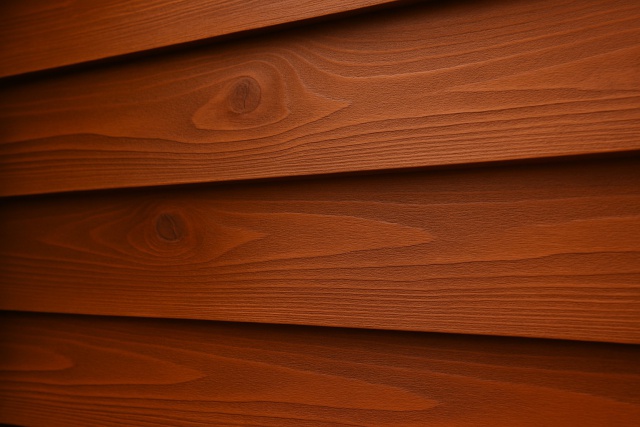
Master the art of staining cedar siding with solid stain using our detailed guide, ensuring long-las...
